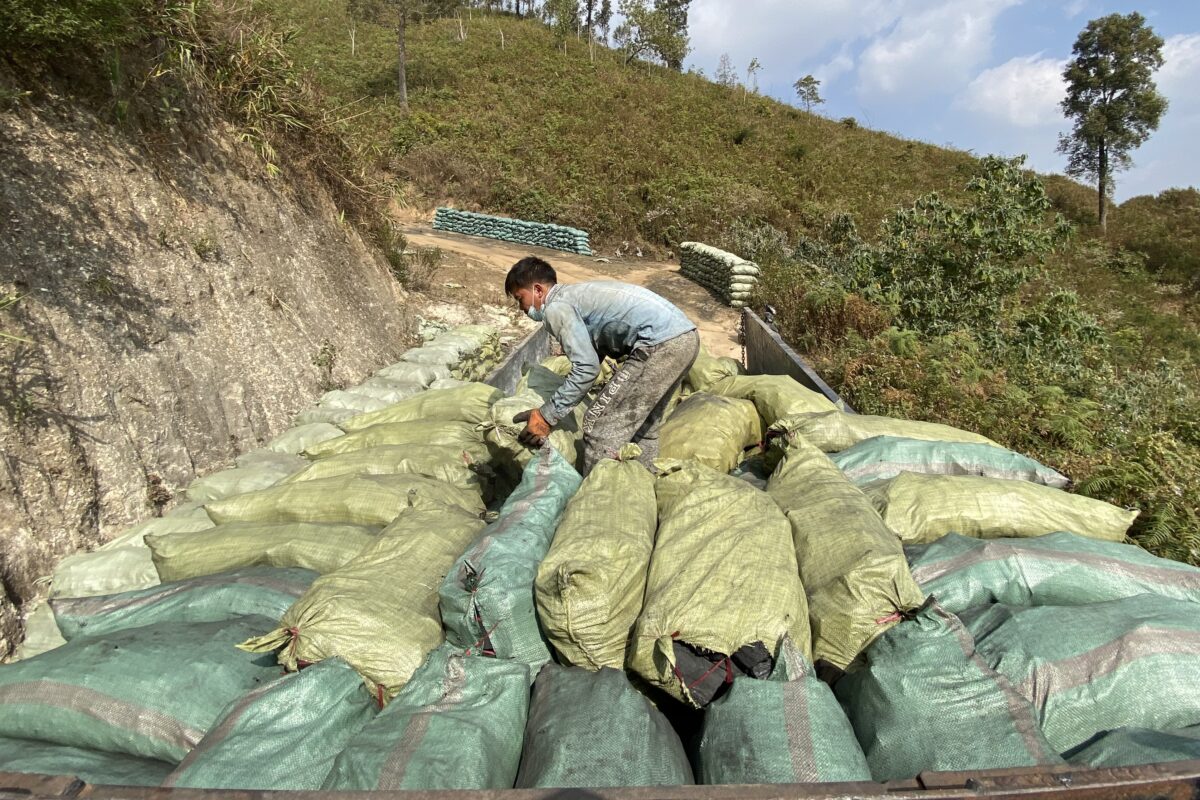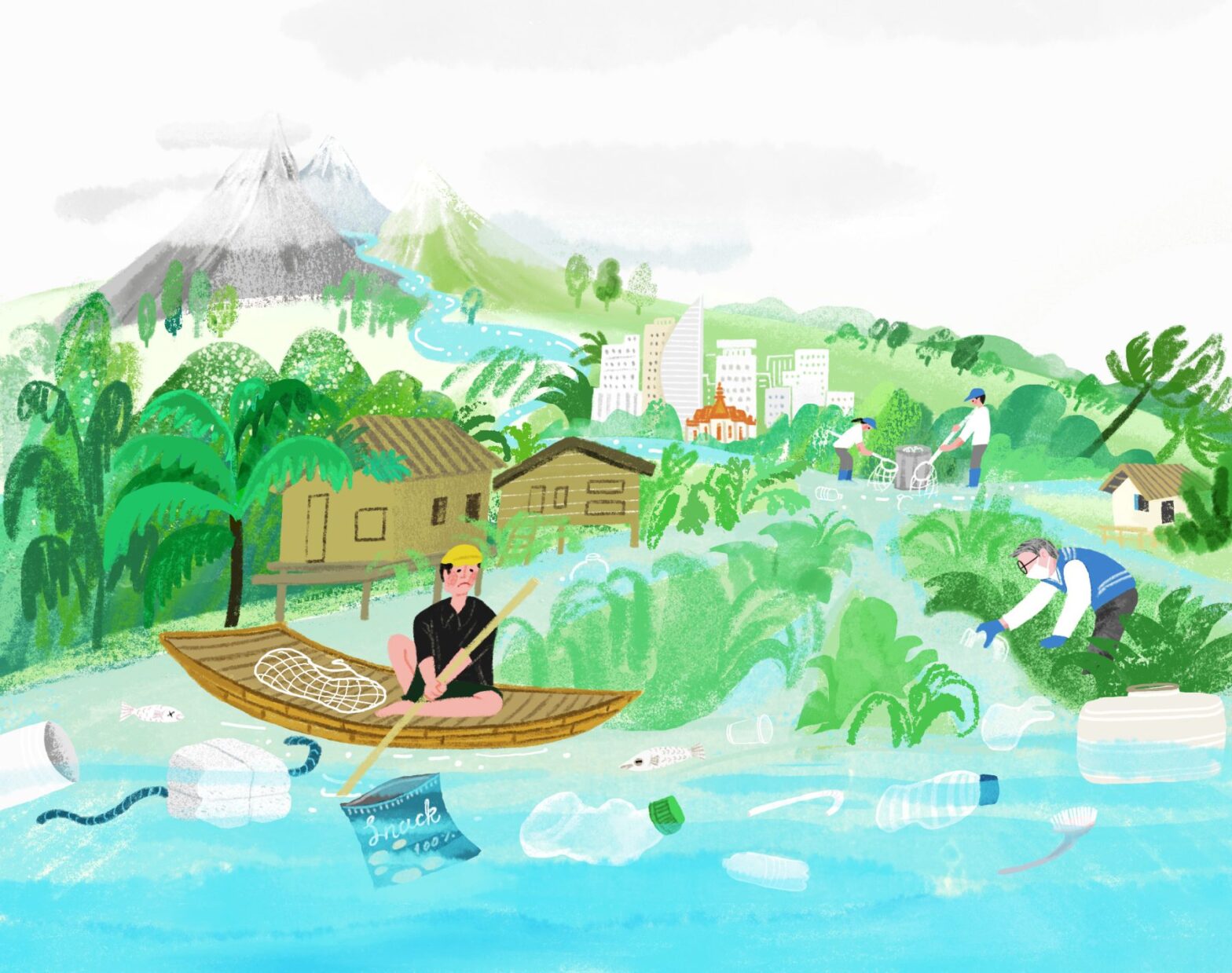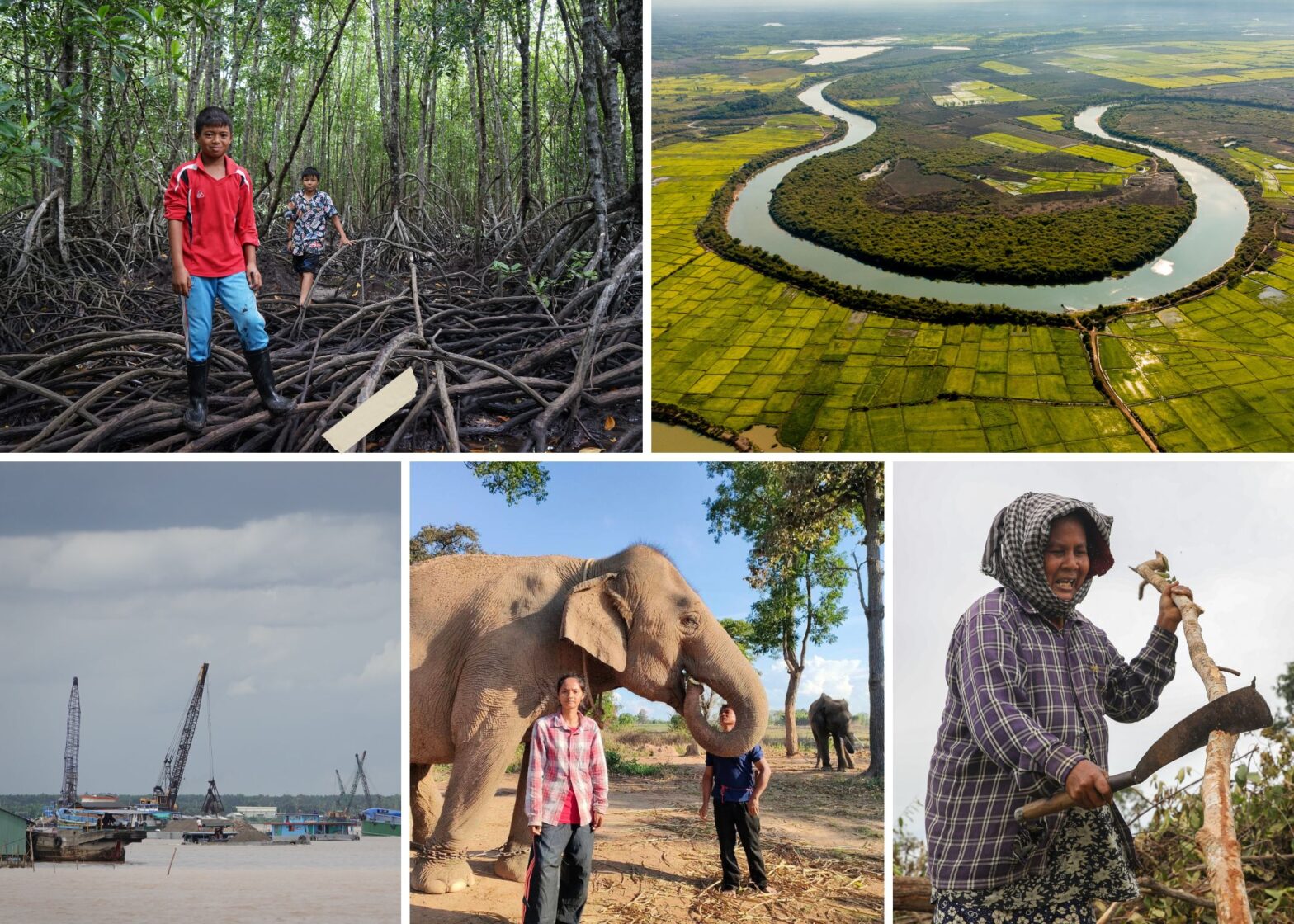NAMHKAM, SHAN STATE — Tea growers in Myanmar’s northern Shan State are turning to wood charcoal production as a survival strategy amidst ongoing conflict and economic turmoil, despite its known impact on deforestation.
Ma Wah Nu’s hands, now stained with black soot from burning hardwood, were once clean during the years she spent picking tea leaves on her family-run plantation in Pan Yoke village, Namhkam Township, near the China border.
Her abandoned tea farm, now overtaken by wild bushes, signals the decline of a centuries-old tradition.
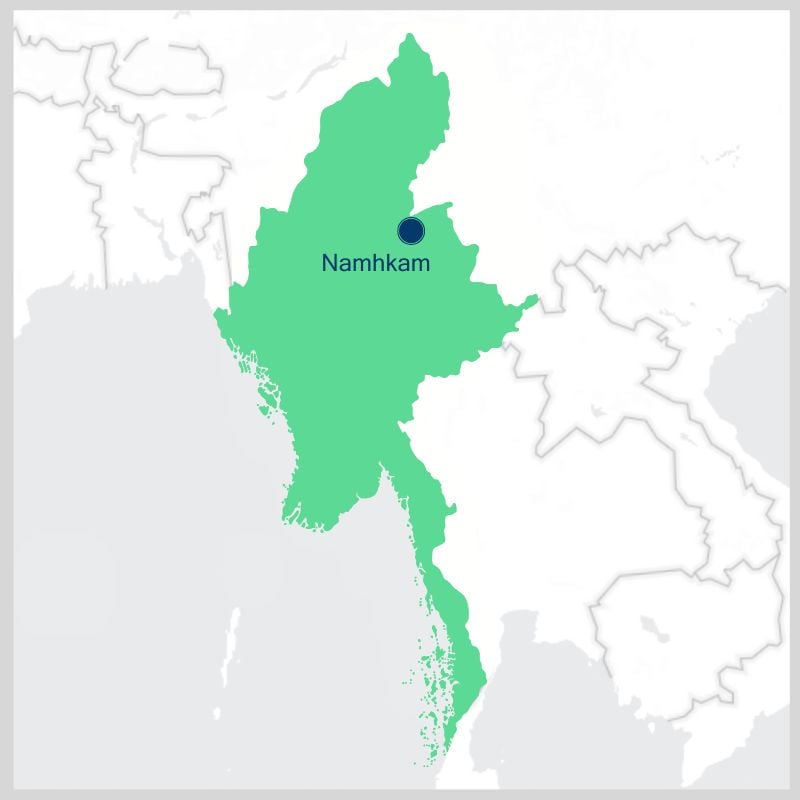
Ma Wah Nu belongs to the Palaung, or Ta’ang, ethnic group, renowned for their expertise in tea cultivation, encapsulated by the proverb: “Slowly climb Palaung’s hill if you want the finest tea.”
Yet, this heritage has withered under the pressure of cheap Chinese tea imports, the Covid-19 pandemic, and intensified conflict since 2021, all of which have driven down prices and pushed buyers and workers away.
As a result, many tea growers must seek alternative ways to make ends meet. Wood charcoal production emerged as one option due to its low cost and short production time, though it comes with hidden costs from illegal tree cutting in forests.
Currently, the price of tea leaves offered by local merchants is around 2,500 kyats ($1.20) per viss (1.6 kilograms), insufficient to cover basic daily needs amidst rising inflation caused by the war.
By contrast, wood charcoal fetches 7,500 kyats ($3.50) per viss, and households can earn at least 1,000,000 kyats (nearly $470) per month, according to interviews with tea growers.
“About 80% of our income comes from making wood charcoal. If we don’t do this, we can’t buy food. We also won’t be able to send the kids to school,” said Ma Wah Nu. Most residents in her village have embraced the same path.
Tea growers in the townships of Namhkam, Kutkai, and Mantong are reported to have turned to wood charcoal manufacturing to make a living — altering Shan State’s reputation as “the land of tea.”
Many locals said they cannot abandon this business due to limited job opportunities, despite being aware of its impact on deforestation.
Deforestation from wood fuels
The World Bank’s 2020 report estimated that Myanmar’s households demanded nearly 24 million metric tons of wood fuels annually.
A non-profit organization Forest Trends reported that four out of five households rely on fuelwood or charcoal for cooking — a dependence worsened by the country’s chronic power shortages.
Wood charcoal is also a key export product in Myanmar’s border trade with China and Thailand.
UN Comtrade data shows that Myanmar exported nearly 840,000 kilograms of wood charcoal in 2018, valued at more than $614,000.
The trade declined during the pandemic but began to recover after travel restrictions were lifted. More than 420,000 kilograms were exported in 2023, generating over $130,000 in revenue.
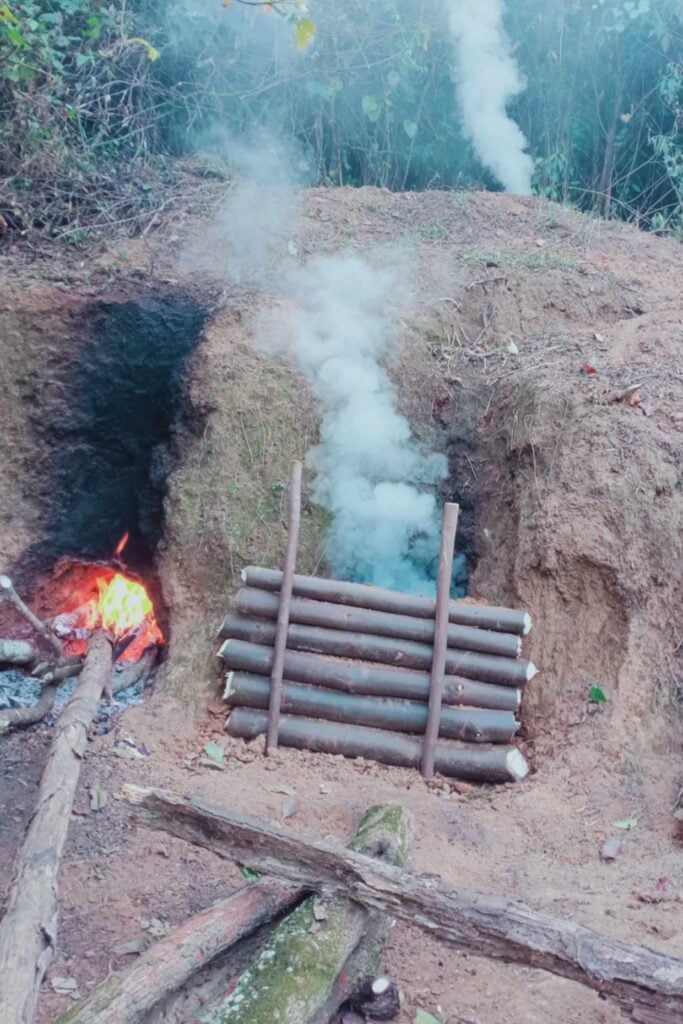
In Pan Yoke village, residents reported that over 80% of wood charcoal production is loaded onto trucks bound for Muse, a Myanmar border town.
From there, it is transferred onto local boats that sail northward into China via the Shweli River, also known as the Ruili River or Longchuan River in China.
The same World Bank’s report highlights the close link between wood fuels use and deforestation across the country, from northern Shan State and Kachin State to central Mandalay and the southern Tanintharyi region.
“We don’t replant the trees [in the forest]. If there are no trees left, we move to a new place to continue our manufacturing,” said U Shwe Win, a two-decade veteran wood charcoal manufacturer based in Kutkai.
“I’ve noticed that more people come to reap benefits from the wood charcoal trade. The price of this wood fuel has risen over the last year, making it more profitable.”
Global Forest Watch data shows Shan State has the highest rate of tree cover loss in Myanmar.
From 2021 to 2023, 95% of tree cover loss in Shan occurred within natural forests, totaling 326,000 hectares — four times the size of Singapore. In Muse District, encompassing Kutkai and Namhkam, natural forest loss reached 13,200 hectares during the same period.
A 2018 analysis published by the International Centre for Integrated Mountain Development refers to fuelwood and charcoal consumption as the second leading driver of deforestation in both townships, after agricultural expansion.
Despite Myanmar’s Nationally Determined Contribution released in 2020, which indicates the government’s commitment to reducing deforestation and expanding forest cover, these pledges have rarely been fulfilled due to the ongoing conflict.
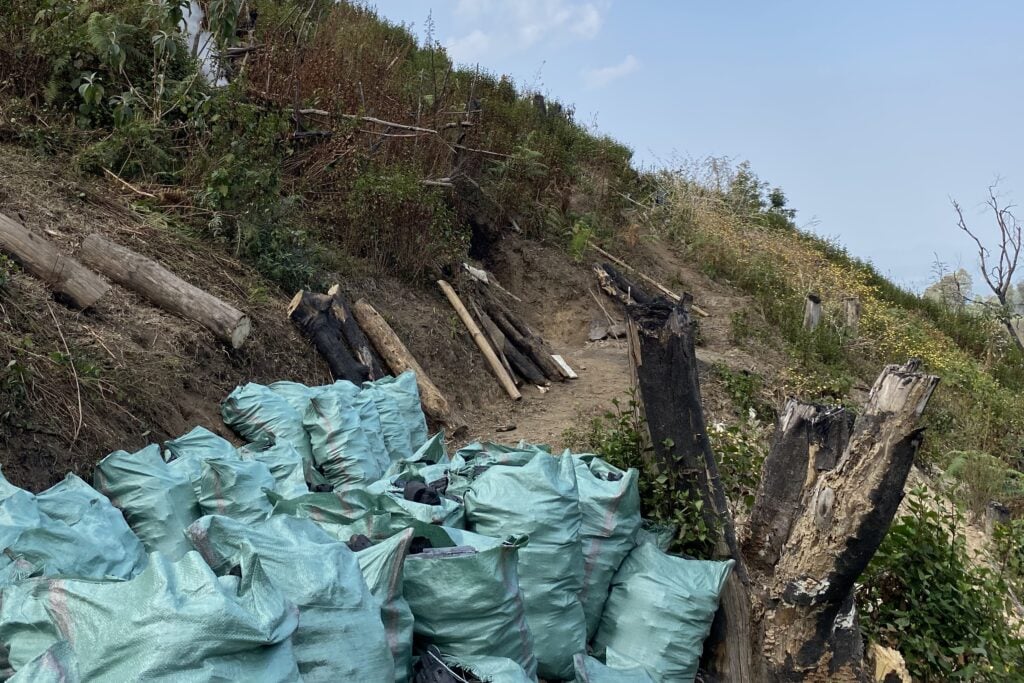
Dilemma from the war
The Food and Agriculture Organization reported that over 70% of Myanmar’s population resides in rural areas, relying heavily on forest resources for food, fodder, shelter, and fuel.
Residents said that with war escalating in their homeland, supplies are scarce, and jobs are limited, forcing them to depend even more on forests for daily incomes. This overexploitation could have devastating long-term consequences on forests.
On the other hand, trading wood charcoal has become increasingly lucrative in the war era.
Since the Three Brotherhood Alliance launched the 1027 operation on October 27, 2023, conflict between the military ethnic armed groups has intensified in Shan State, with daily artillery fire and occasional airstrikes.
The Ta’ang National Liberation Army (TNLA), part of the alliance, captured Namhkam Township two months after the operation began and waived transportation and export taxes previously imposed by the military.
This saved traders around $240 per 12-wheel truck carrying several tons of wood charcoal and encouraged more residents to produce wood charcoal.
The bustling trade along the border has slowed significantly after Chinese authorities blocked goods from crossing border gates last year. This measure was aimed at pressuring ethnic armed groups to negotiate with the military.
While tea leaves and wood charcoal have been exempted from the ban, Chinese authorities imposed strict import quotas, leaving many wood charcoal producers unable to sell their stockpiles.
A report by a local media Shwe Phee Myay highlighted that the gate closure in Namhkam has had a significant impact on local communities. Residents lament the hardships caused by restrictions on charcoal exports, which have severely affected their livelihoods.
Despite these challenges, many residents have not stopped making charcoal. They continue cutting trees and burning the woods, clinging to the hope that the border gates will fully reopen soon.
“We’ve seen untouched forests exploited over the past few years,” said Lway Aye Aye, a spokesperson for the Ta’ang Students and Youth Union (TSYU).
She urged authorities to regulate wood charcoal production and support tea farmers in exploring new markets and adding value to their products.
“TNLA has prohibited tree cutting near water resources and in forest protection zones, but enforcement needs to be more effective. Local people must be engaged in better land-use management,” she added.
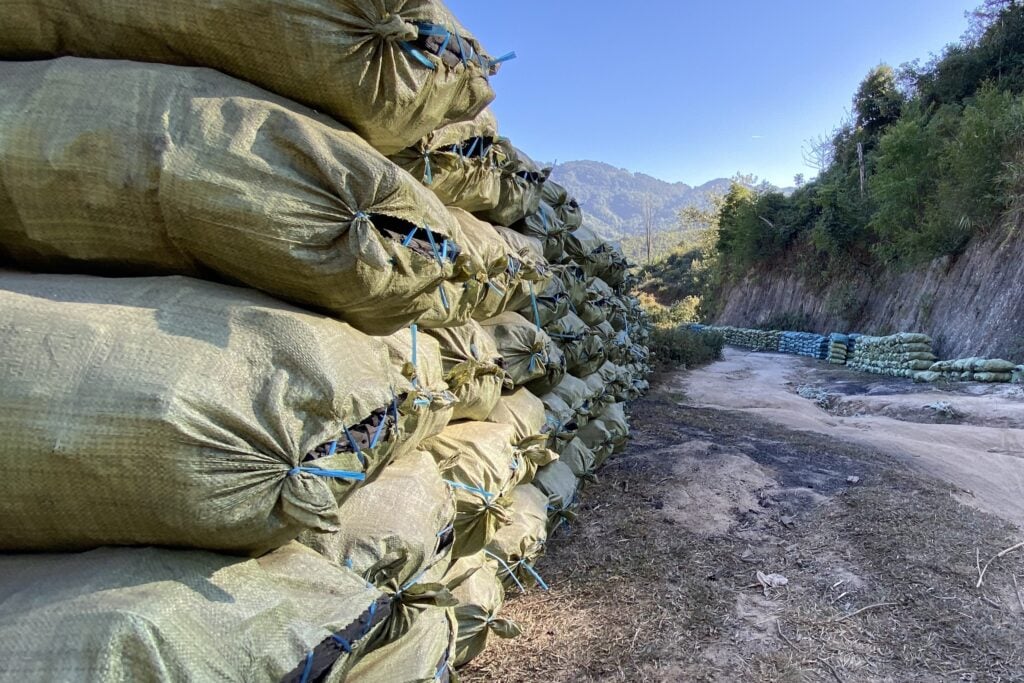
For many in the Palaung community, abandoning tea farming is a painful decision.
Ma Aye Mi, another tea farmer-turned-charcoal-producer, expressed her sorrow over the loss of her family’s ancestral livelihood. Her tea shelves, once filled with freshly dried leaves, now sit broken and empty.
“It hurts to abandon this traditional business for Palaung people because this is what our ancestors have done for generations,” she said.
Despite this, survival has driven many to embrace charcoal production, trading clean hands for blackened ones.
This story was supported by Internews’ Earth Journalism Network


